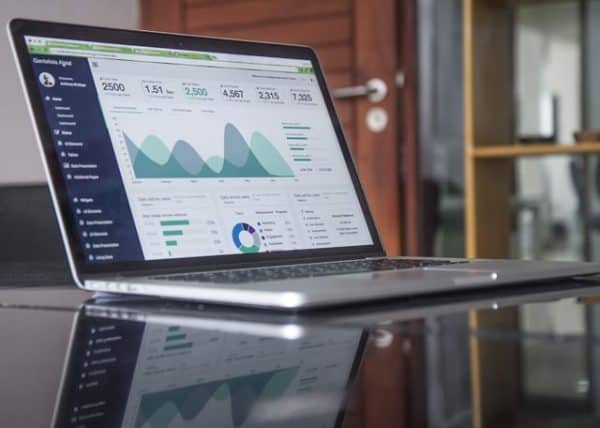
Companies store a vast amount of customer information in their business systems. Naturally, they have a duty to ensure the security and confidentiality of the information. It is achievable by having appropriate controls for business processes and information technology (IT). Uniform standards for information security provide a structured way to review companies’ data protection practices. This is where Service Organization Controls (SOC) compliance comes in.
SOC meaning
Service Organization Controls are standards on implementing adequate levels of information security oversight across the organization. SOC reports are a way for companies to demonstrate best practices of protecting customer data and for their customers to verify the same. SOC compliance drives transparency with internal and external stakeholders. Only an independent Certified Public Accountant (CPA) or an accountancy organization can perform a SOC audit.
Companies in the technology, finance, and healthcare IT sectors require compliance with SOC standards. That said, SOC audits can benefit businesses in various industries, including not-for-profit organizations, specialized services, and benefit plan administrators.
The most common SOC reports are SOC 1 and SOC 2. The focus of this article is on understanding the difference between SOC 1 and SOC 2 reports.
SOC 1
The SOC 1 report relates to financial controls. It has to do with the internal controls put in place by the service organization for processing and securing customers’ financial information.
For example, an SOC 1 report from a payroll provider offers assurance that only authorized users have logical and physical access to data and computer resources, and those users have permission to perform authorized actions.
SOC 1 Type 1 vs Type 2 SOC 1
The Type 1 report is a snapshot of the controls a company has implemented “as of” a particular date. The Type 2 report provides evidence of the effectiveness of operating controls over a period of time.
Who are the users?
Typically, it is the company’s management and auditors that require this report to evaluate internal controls related to financial reporting. It can provide valuable insights for the business and help bring in improvements proactively. A healthcare organization’s SOC audit may find that its medical billing procedures aren’t tracking receivables that are due 180 past the due date. Consistent tracking can prevent the organization from losing money.
Benefits of SOC 1 compliance
- Demonstrating the effectiveness of internal controls
- Competitive advantage of working with customers that require it
- Valuable insights and continuous improvement of internal processes and policies
SOC compliance checklist
- The presence of a defined organizational structure
- Designated employees to implement secure policies
- A background screening procedure
- Workplace conduct standards
- A confirmation that clients and employees understand their roles when using the company’s services or systems
- Timely communication of system changes to appropriate employees
- Whether the organization has performed a formal risk assessment
- Identification of potential threats to systems or gaps in security procedures
- Analysis of the significance of risks associated with an identified threat
- Development of mitigation strategies for significant risks
SOC 2
The SOC 2 report attests to the company’s controls related to information security, availability, processing integrity, confidentiality, and privacy. It is common for customers to request service organizations for this report.
A SOC 2 report may not address or attest to every criterion. Security criteria are most frequently audited. The more the number of criteria addressed, the stronger the company’s IT system.
SOC 2 Type 1 vs SOC 2 Type 2
SOC2 Type 1 report describes a company’s current systems and controls. It validates the design sufficiency of all administrative, technical and logical controls.
Type 2 report is similar to Type 1, only it describes the operating effectiveness of controls and provides results on control effectiveness based on an evaluation over a minimum period of six months.
Who are the users?
The SOC 2 report is mostly shared with customers and stakeholders. Even if customers don’t ask for it, companies undergo SOC2 audits and provide reports to demonstrate an additional level of security. For example, a financial services company handling payment information, while meeting PCI DSS requirements, may aim to be SOC 2 compliant to enhance its credibility.
The report is pretty much a must-have for B2B SaaS providers. For the B2C insurance sector, this common compliance framework engenders confidence and trust. Take insurance companies, which host the health, banking, and credit information of millions of customers in a single database, making them an easy target for hackers. SOC 2 compliance guarantees that the insurer monitors malicious activity and implements notifications to address security breaches in a timely manner.
Benefits of SOC 2 audit
- Proactively address risks to information across the organization
- Gain preferential status for companies
- Help meet contractual obligations
Given the higher frequency with which users of a service request the SOC2 report, companies should focus on undergoing this audit. The scope of the report is up to the company, and the assistance of a CPA is vital to make the right claims and gain stakeholder trust.
 Gearfuse Technology, Science, Culture & More
Gearfuse Technology, Science, Culture & More


